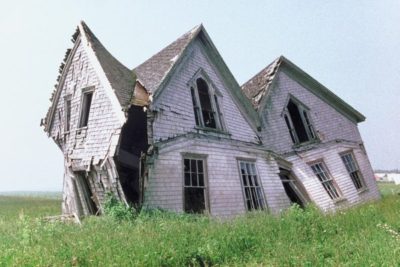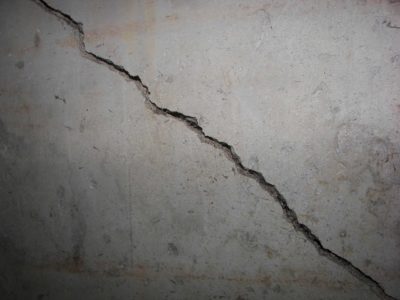Waterproofing An Older Home

Older homes can make great purchases. They have the charm of another era, and a cozy feel that comes with more traditional building materials and construction. Often times, they are also built more solidly than mass-produced homes, and with the added bonus of being much more unique.
But there are downsides as well. You know how it is: the older you are, the more creaks and groans you develop. Older homes have been exposed to more seasonal changes, moisture, and extreme weather, exacerbating wear and tear on the structure. This means that in many of them, wet basements are a huge issue. 
Have no fear, though! There are a number of easy, homebuyer friendly steps you can take to prevent damage and waterproof your basement before the next big rain or snow melt. Just because an older house has a wet basement problem, doesn’t mean you and your investment are sunk.
Start by purchasing a dehumidifier. It’ll prevent moisture accumulation and the awful mold and mildew-related problems that come with it. They aren’t too expensive (anywhere between $100 to $500) and can save you a lot of future headaches while you work on more structural issues.
Next, assess your drainage situation. There’s no fix that’ll take care of everything if your drainage stays poor. Do you have gutters? It’s rare, but if you don’t, get ‘em. Are your gutters clean? If not, get at ‘em. Clogged gutters mean that water flows over the side, not out the end, and this causes that water to pool at the foundation level. After cleaning them out, add spout extensions so the water is taken at least an additional 10 feet away from the house. Consider using PVC pipe, dug into the ground, for the extensions, and a drywell to disperse the water at the end.
Make sure the drainage around your entire foundation pitches away from the house. If it’s not, add soil around the foundation and slope it to your yard. Water will drain away from your foundation, and you won’t have to worry about the temporary rise in the water table every time it rains. Also, plant or keep grown trees around your house, about 20 feet away; shade trees with aggressive roots will take care of a lot of water below ground.
Look at the foundation, the floor and the walls. Are there any cracks or holes? Those need repair before they become a critical issue.
Chronic wet basement problems often call for drastic solutions, so be aware before purchasing the home of what you’re getting into, and what your homebuyer’s insurance can help with. But don’t simply trust a contractor who offers an expensive, intrusive solution. If the drainage is bad, nothing will truly prevent a wet basement from staying wet!
